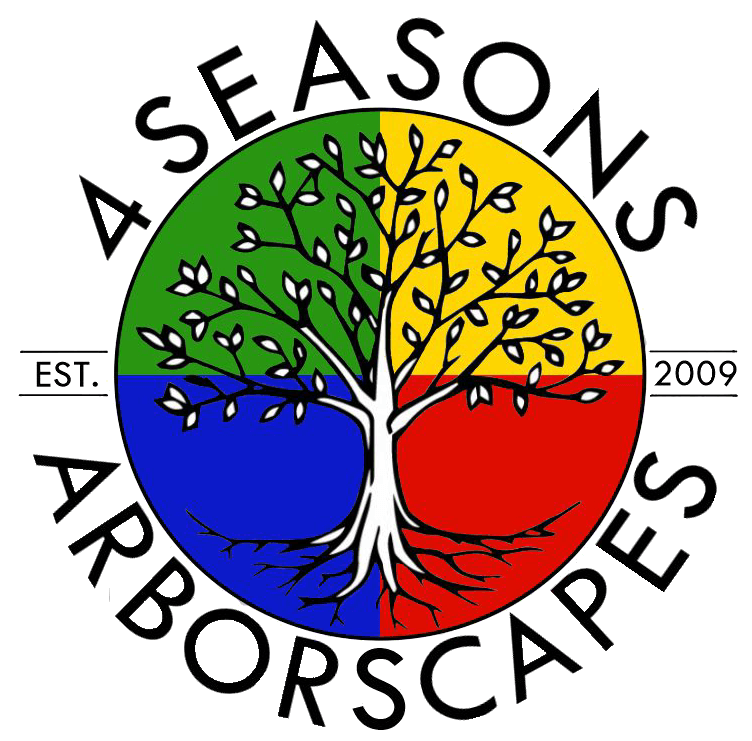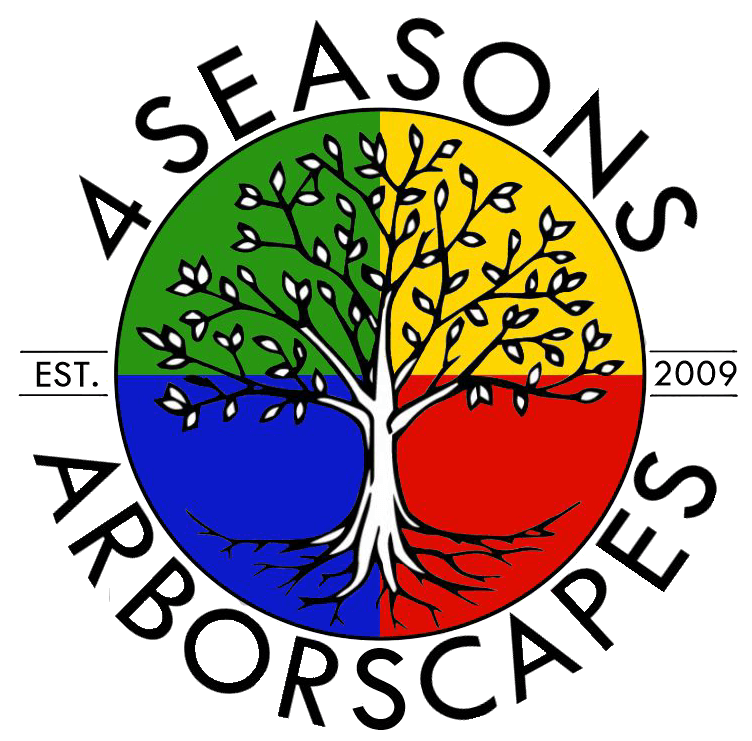GRASSES
Grasses
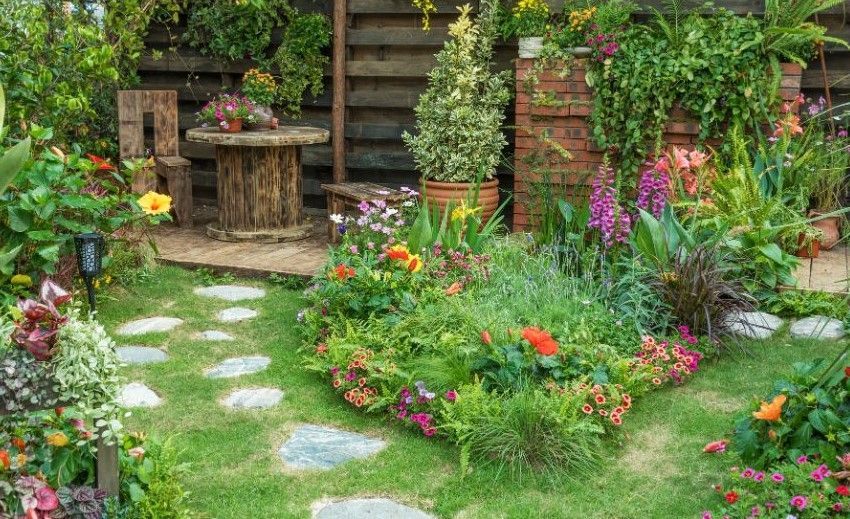
April 2, 2024
Traditional grass lawns have a rich history dating back to European aristocracy, where the polished, meticulously tended landscapes symbolized wealth and leisure. However, what was once a privilege has become a ubiquitous feature of modern properties, often at the expense of the time and financial resources of its caretakers. Kentucky bluegrass, a popular choice for lawns, often requires intensive maintenance and watering to thrive, contributing to water scarcity and chemical runoff. Moreover, its shallow root system exacerbates erosion in certain regions, and makes it vulnerable to drought and pests. For those looking to make the switch from traditional grass lawns to a low maintenance, eco-friendly alternative, there are plenty of options out there to choose from. Ranging from low-maintenance native grasses to ground-covering plants like clover, creeping thyme, and moss, these alternatives offer a range of benefits beyond their ecological friendliness. Many require less water and maintenance, saving homeowners time and money while reducing their environmental footprint. Additionally, alternative lawns can provide habitat for pollinators, support biodiversity, and enhance the aesthetic appeal of outdoor spaces. We have compiled a non-exhaustive list of some popular substitutes for grass below. We would suggest exploring the variety of alternatives and getting creative with it. Consider whether you want a monoculture (single species over a large area), or a polyculture (multiple species in a single area) for a boost in biological diversity. Either way, moving away from traditional grass will provide many benefits to you, your property, and your local wildlife for years to come.
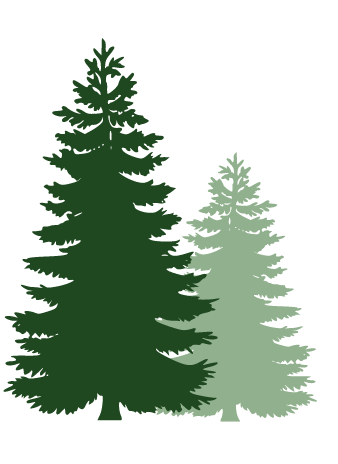
Sign up for monthly newsletters!
From easy tree care practices to fun DIY projects, we've got something for everyone.
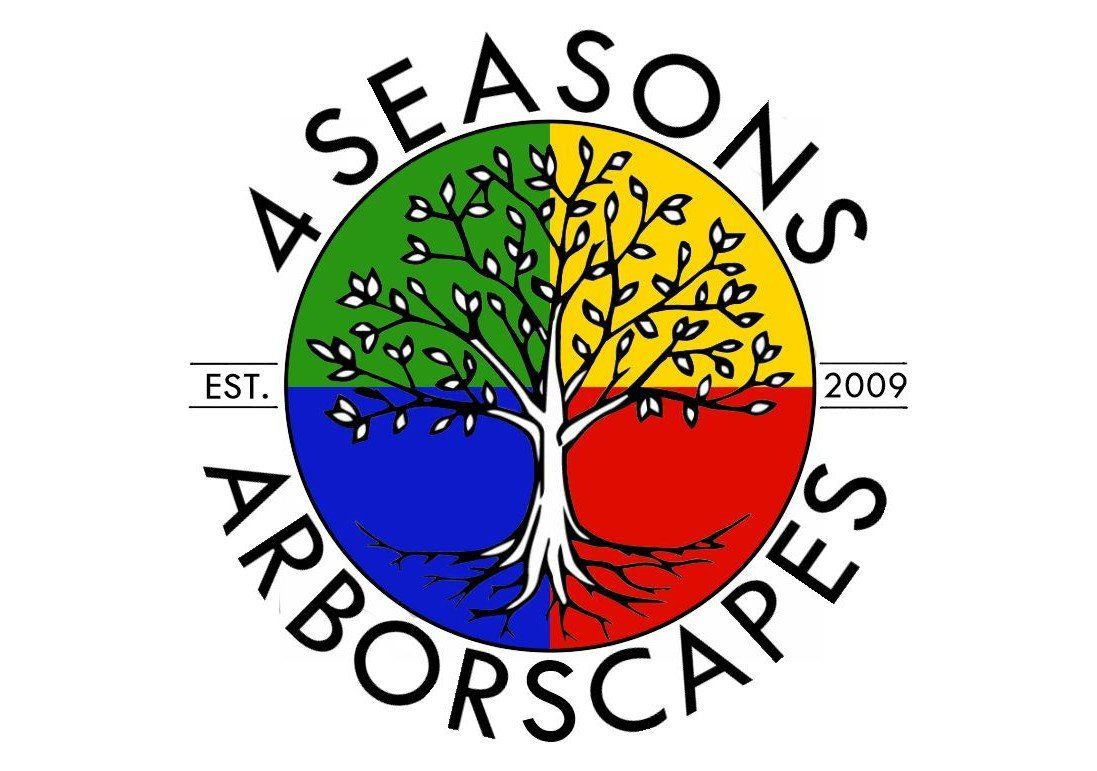
Interested in what we can do for you?
Call us at 610-648-0404 or book an appointment online.
WHAT WE DO
WHO WE ARE
Join the Tree Society newsletter
Get monthly articles on the latest in the tree care industry, curated by people deeply passionate about environmental stewardship.
